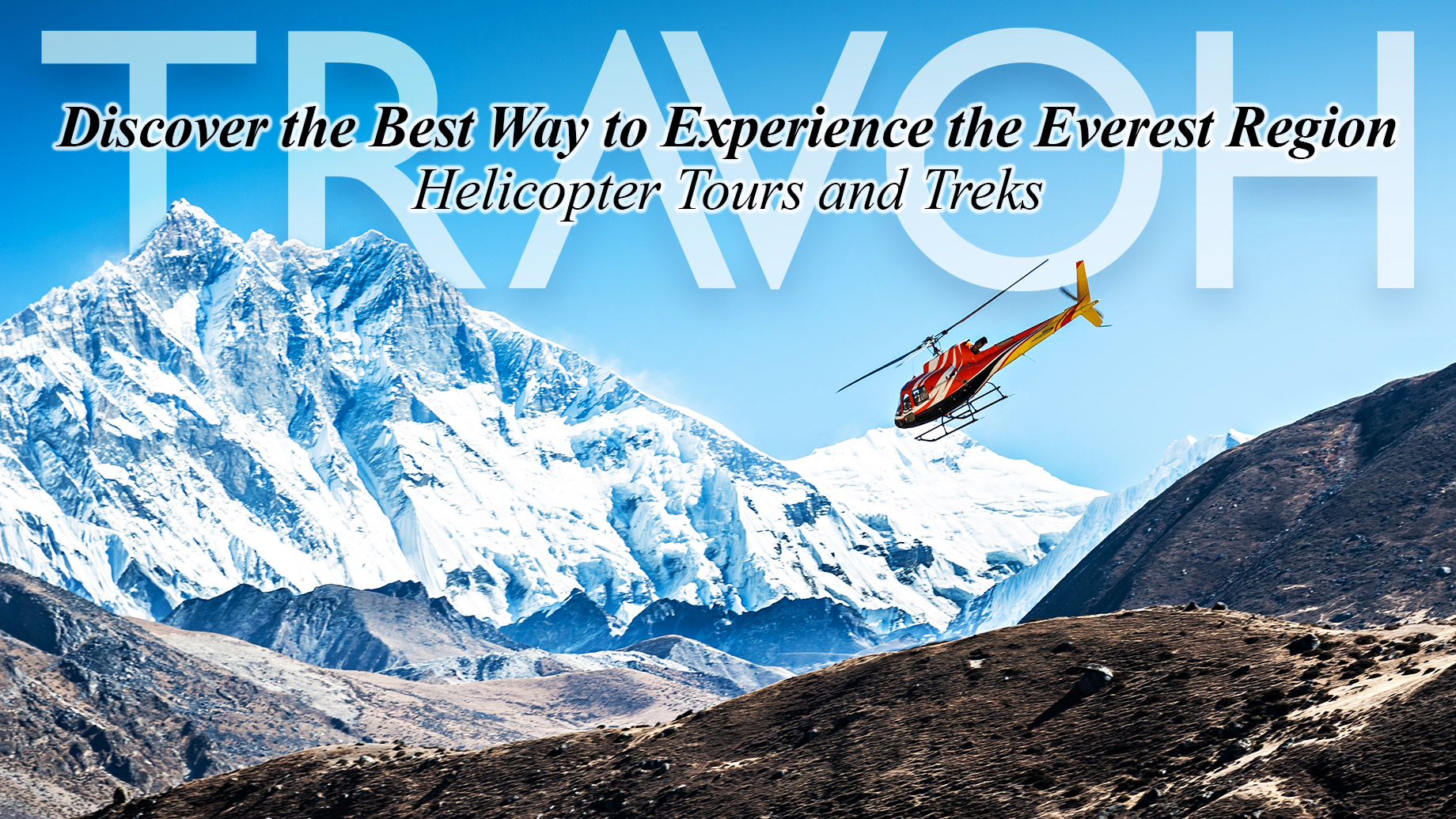
The Everest region is a bucket-list destination for adventurers and nature lovers worldwide. Standing at a towering 8,848 meters, Mount Everest isn’t just the highest mountain on Earth; it’s a symbol of human endurance and a challenge that has drawn explorers for decades. Whether you’re an avid trekker or someone looking for a thrilling experience without the extended hike, the Everest region offers something for everyone.
This article will explore two of the best ways to experience this majestic area: the Everest Base Camp Helicopter Tour and the Everest Base Camp Trek with Helicopter Return.
Why Visit the Everest Region?
The Everest region is not just about the mountain itself—though its grandeur is unmatched. This area is rich in natural beauty, featuring lush forests, flowing rivers, and picturesque villages that provide a glimpse into the unique Sherpa culture. The region is also home to Sagarmatha National Park, a UNESCO World Heritage site, where you can witness diverse wildlife, including the elusive snow leopard.
However, the real draw is the feeling of standing in the shadow of the world’s highest peak. The sense of accomplishment and awe that comes from visiting this region is something that words can hardly describe.
The Everest Base Camp Helicopter Tour: A Bird’s Eye View
For those who wish to experience the beauty of Everest without the commitment of a long trek, the Everest Base Camp Helicopter Tour is the perfect solution. This tour allows you to witness the magnificence of the Himalayas from a unique vantage point—the sky.
Highlights of the Helicopter Tour
- Panoramic Views: Enjoy breathtaking aerial views of the Himalayan range, including Everest, Lhotse, Nuptse, and Ama Dablam.
- Quick Access: The entire tour typically takes around 3-4 hours, making it an ideal option for travelers with limited time.
- Comfort and Safety: Modern helicopters ensure a safe, comfortable, and thrilling experience.
- Everest Base Camp Landing: The helicopter lands at Everest Base Camp or Kala Patthar, where you can step out and feel the cold, thin air while surrounded by some of the highest peaks in the world.
Who Should Choose This Tour?
The Everest Base Camp Helicopter Tour is ideal for travelers who:
- Have limited time but still want to experience Everest up close.
- Are not prepared for the physical demands of trekking.
- Want a luxurious and comfortable way to explore the Himalayas.
The Everest Base Camp Trek With Helicopter Return: The Best of Both Worlds
For those who want to combine the adventure of trekking with the convenience of a helicopter ride, the Everest Base Camp Trek with Helicopter Return offers the perfect itinerary. This option allows you to experience the challenge and reward of reaching Everest Base Camp while also enjoying a quick and scenic return to Lukla by helicopter.
Highlights of the Trek
- Classic Trekking Experience: The trek to Everest Base Camp is one of the most iconic in the world, offering stunning landscapes and a profound sense of achievement.
- Cultural Immersion: Along the way, you’ll pass through Sherpa villages, visit ancient monasteries, and interact with locals who live in this remote region.
- Scenic Beauty: From the lush greenery at lower altitudes to the stark, rocky terrain closer to Base Camp, the trek offers diverse and ever-changing scenery.
- Helicopter Return: After reaching Everest Base Camp, you’ll return to Lukla by helicopter, allowing you to bypass the trek back and enjoy incredible aerial views of the route you’ve just conquered.
Who Should Choose This Trek?
The Everest Base Camp Trek with Helicopter Return is perfect for:
- Adventurous souls who want the full trekking experience without committing to the return journey on foot.
- Those looking for a more efficient way to explore Everest, combining both ground and air travel.
- Travelers who want to minimize the physical toll of trekking while still reaching Everest Base Camp.
Key Considerations Before You Go
Acclimatization and Altitude Sickness
Regardless of whether you choose the helicopter tour or the trek, it’s crucial to be aware of the risks of altitude sickness. Both options take you to high elevations, where the air is thin, and oxygen levels are low. Proper acclimatization is essential, especially if you’re trekking. Always consult with your guide or tour operator about acclimatization schedules and what to do if you experience symptoms.
Best Time to Visit
The best time to visit the Everest region is during the pre-monsoon (March to May) and post-monsoon (late September to November) seasons. During these periods, the weather is relatively stable, and the skies are clear, offering the best conditions for trekking and helicopter flights.
Packing Essentials
Whether you’re trekking or taking a helicopter tour, it’s important to pack appropriately. Here are some essentials:
- Warm Clothing: Temperatures in the Everest region can drop significantly, especially at higher altitudes.
- Sturdy Footwear: If you’re trekking, comfortable and well-fitting hiking boots are a must.
- Sunglasses and Sunscreen: The sun’s rays are stronger at high altitudes, so protection is essential.
- Camera: You’ll want to capture the incredible views, whether from the trail or the helicopter.
Conclusion: The Timeless Allure of Mount Everest
Mount Everest is more than just the tallest mountain on Earth; it symbolizes the pinnacle of human aspiration and the profound beauty of our planet. Rising above the clouds, Everest captures the imagination of all who behold it, offering a unique blend of challenge and inspiration. The mountain’s majestic peaks and rugged terrain draw adventurers from around the world, each seeking to connect with something larger than themselves. Yet, Everest’s allure isn’t limited to those who climb its slopes.
The mountain represents the spirit of exploration, the desire to reach new heights, and the enduring mystery of nature’s greatest wonders. Whether viewed from afar or experienced up close, Mount Everest stands as a timeless testament to the power of nature and the indomitable will of the human spirit.
